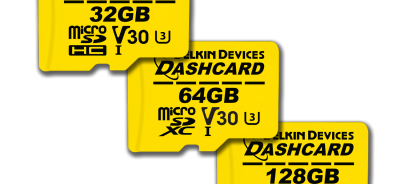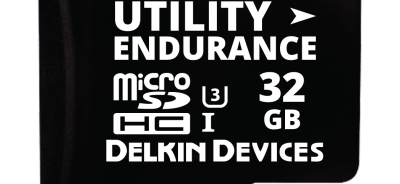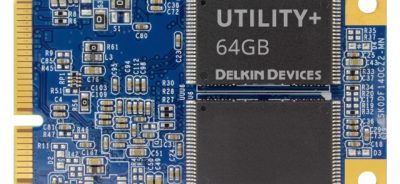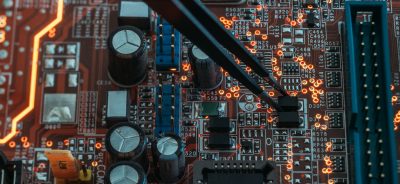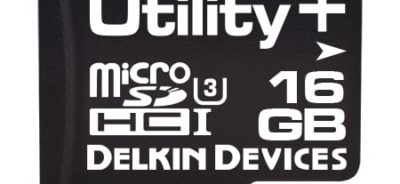Understanding Firmware Modifications
Most people have heard of software and hardware, but what about firmware? Although firmware may not be as familiar to people as software and hardware, it plays a critical role in the functioning of every type of digital device and gadget. As with most things related to device design, there is not a single type of firmware that works the same way in every application and in every operating condition. That is where firmware modification comes into the picture. Firmware modifications are done to ensure that your system functions as efficiently and cost-effectively as possible. At Delkin, our engineers work with clients to assist them with firmware modifications that allow them to customize their flash memory in a way that is appropriate for their specific device and how it will be used.
What exactly is firmware?
Firmware is essentially a type of software. However, it is not exactly the same thing as the programs most people consider to be software. It doesn’t perform a single function, as software does, and you don’t install and delete it as you would a software program.
Instead, firmware is a type of software that is programmed into a piece of hardware. Without firmware, the hardware would not do the actions that it is supposed to do. Firmware stores information about the tasks a device is supposed to perform and allows it execute those core functions. With just hardware and software, a device would be useless. Firmware bridges the gap and lets the device function as expected.
Firmware comes in different levels. Low-level firmware is usually read-only memory found in PLA and OTP/PROM components. This kind of firmware cannot usually be modified. High-level firmware is found in flash memory. Within flash memory, this kind of firmware is used for updates and can be modified. Another level of firmware is subsystems. Subsystems have their own microcode that is fixed. You can usually find subsystems in flash memory chips.
How is firmware modified?
There are a few different approaches to modifying firmware. One is to update it. Unlike hardware, firmware is designed to be updated regularly—in fact, part of the reason why firmware exists is to allow devices to continue to function even if the hardware is outdated in comparison to new technology. A firmware update makes the system current and allows it to maintain functionality.
Firmware updates can sometimes be completed simply by following prompts telling the user to update the firmware. In other cases, it has to be updated manually by loading the new firmware onto the device from an administrative console. Updates usually consist of new computer codes that overwrite the existing codes.
Firmware modifications take a different approach. With modifications, the existing firmware on a flash memory device, for example, is customized in such a way to improve the overall functionality of the device. Firmware modifications are done for many different reasons, from ensuring the flash memory can withstand extreme operating conditions to making sure it doesn’t require too much power from the system. Every modification is done with the host device and how it will be used in mind. At Delkin, we specialize in providing these kinds of modifications, allowing our customers to maximize the efficiency of their flash memory and the overall effectiveness of their device.
When should I consider firmware modification?
Firmware modifications can be complex and are not often used for commercial devices. However, industrial users can benefit greatly from modifications. Many of the design decisions for industrial grade flash memory focus on ensuring the memory provides sufficient capacity and reliability for users who need to count on its ability to store, read, and write data securely. Industrial flash memory is used in critical situations, including healthcare, automation, and transportation. Data loss and failure can be costly and, in some cases, dangerous. Given the potential price of data failures, firmware modification can be a good idea for industrial users.
If you are interested in firmware modification, the first step is working with the engineering team at Delkin as you choose flash memory for your device. With customized qualification and testing, the team can determine if a firmware modification would benefit your application. They can then ensure that you receive flash memory with the modification that will help your device work as seamlessly as possible. In many cases, this can be done on-site for you, so your device can be tested in real-world operating conditions. With industrial Delkin solutions, you also get the benefits of a locked BOM and lifecycle management, in addition to firmware modification.
Firmware modification can be a game changer in industrial applications with serious demands for flash memory. To learn more about modifications and the other customization options available for our embedded memory products, contact Delkin today.
ORDER DELKIN INDUSTRIAL FLASH STORAGE TODAY through our distribution partner Newark.
For Europe Contact Our Partner Farnell
 Login
Login Register
Register




